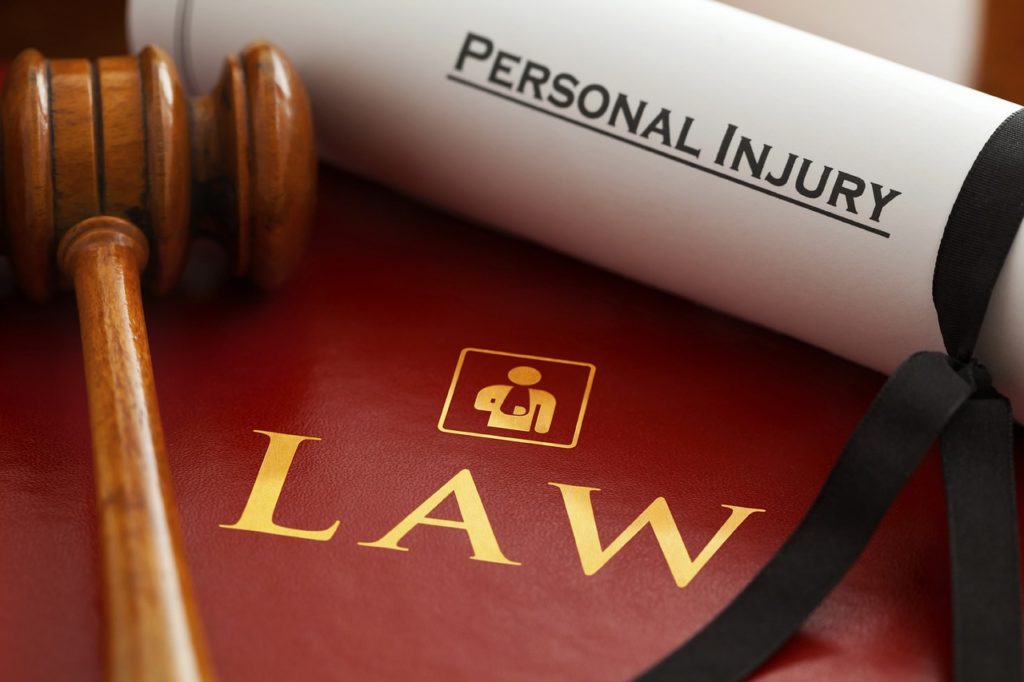Early Fall Brings Cooler Weather and Unique Road Hazards: How to Stay Safe

As the early days of Fall settle in, we welcome the cool breeze, scenic foliage, and longer nights. However, with the beauty of Fall comes a range of unique road hazards that drivers and pedestrians alike must navigate.
Common Mistakes to Avoid in Personal Injury Cases

Navigating a personal injury case can be a complex and overwhelming process. Making mistakes during this critical time can significantly affect the outcome of your case. Here are some common mistakes to avoid and practical advice to ensure you get the best possible result.

